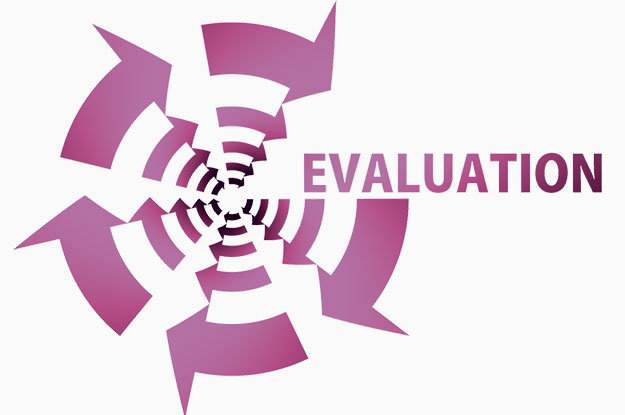How FMEA Failure Analysis Supports You in Project Management
This is where FMEA failure analysis comes in. It can be used functionally wherever companies are involved in the manufacturing of products. The use of a suitable software solution supports a functioning FMEA quality management. This is the ideal prerequisite for successful FMEA project management.
What does the abbreviation FMEA stand for?
FMEA stands for a detailed Failure Mode and Effects Analysis. The aim of FMEA is to identify errors occurring in a production process in advance and to eliminate them without impairing the production process any more than necessary. Ideally, an FMEA software solution identifies the defects before they can adversely affect the manufacturing process or the product being manufactured.
However, comprehensive FMEA project management does not only refer to the actual production process. In-depth failure analysis also extends to the services that the company must perform before production begins and after the manufacturing process is complete. This includes the identification of defects when ordering the goods or even the processes that affect the logistics area.
Use of the FMEA Failure Analysis
FMEA failure analysis is used in the development of new products or the design of product innovations. FMEA project management provides for the strategic orientation of defect prevention. To achieve this goal, FMEA quality management examines and evaluates certain risks that may occur during a production process. After the analysis, the user of the software can set different priorities and focus on detecting or avoiding defects in certain sub-areas.
The failure analysis for FMEA focuses on the sub-areas of system FMEA, design FMEA and process FMEA.
System FMEA focuses on defects and weak points that can occur within the interfaces of a production process. If something goes wrong here, the error ultimately affects the quality of the end product.
When using design FMEA, the user has the development and design phase in view. By detecting errors at an early stage - in the best case, the errors are avoided - the basis for a production process that is not prone to failures is laid here.
The result of the design FMEA supports the application of the process FMEA. A detailed FMEA failure analysis leads to the identification and elimination or, at best, avoidance of all possible failures in the production process before they occur. This analysis focuses on the individual processes that the company wants to start for manufacturing a product. Among other things, it provides information on the extent to which these processes agree for the upcoming production process.
FMEA Quality Management - Indispensable for a Smooth Production Process
FMEA project management and FMEA quality management are indispensable if a company wants to spend less money than absolutely necessary when carrying out a production process.
Software for FMEA offers the user optimal solutions with various tools to be able to carry out high-quality failure analysis and prevention.
Companies can use the comprehensive quality management for FMEA in different ways. In addition to a significant saving in costs, a high-quality product is developed that is free of defects in the final stage. Customers who choose this product will not only see the benefit, but will also choose it because of a lower selling price. This is because the use of defect detection analysis can also reduce the cost price of a product.
FMEA Training and FMEA Courses
FMEA project management and FMEA quality management lead to successful application if the software for FMEA is used optimally. For the knowledge of a professional application, the relevant employees can participate in a FMEA training. Within the scope of this training, not only the individual processes are presented, which must be absolutely controlled for a functioning FMEA project management. The FMEA training also ensures that the users can independently perform an FMEA failure analysis with the help of the software and thus design an optimal FMEA quality management.
Advantages of FMEA Software
When using FMEA failure analysis software, companies can gain many advantages. The software solution contains supporting tools, with the help of which a user can identify and eliminate defects and risks in all areas of manufacturing.
With a software solution, users can take ownership of FMEA project management from the initial steps to the completion of the analysis. Here, FMEA project management first decides what type of project it is. Is a new product to be developed or is it a product innovation? For FMEA quality management, even more information is included in the digital FMEA failure analysis. For example, errors can also creep in where outdated or technically obsolete machines are used. With input into the system, FMEA software supports failure analysis and helps evaluate the extent to which identified risks can affect a production process.
Another advantage of the software solution is that all employees and responsible persons involved in FMEA project management can be stored directly in the settings. This allows users to conveniently determine which user has carried out which measure with which result. Due to a clear menu navigation, users can easily handle the action tracking and perform it at any time.
FMEA software thus provides a solid basis for bringing FMEA quality management to a successful conclusion.
Conclusion
The detection of faults and risks takes a high priority in the preparation and execution of a production process. Comprehensive FMEA project management helps to ensure that a production process runs without disruptions and that the company can save costs.
To ensure that FMEA quality management is used optimally, intensive FMEA training makes sense. The participants of the FMEA training will be familiarized with all important areas of FMEA failure analysis.
Furthermore, FMEA project management is supported by the use of FMEA software in addition to FMEA training. Hereby the users can use all possibilities, in order to be able to accomplish a failure mode and effect analysis successfully.
FMEA software is used, for example, to track the actions of the employees involved in the failure analysis for FMEA.
